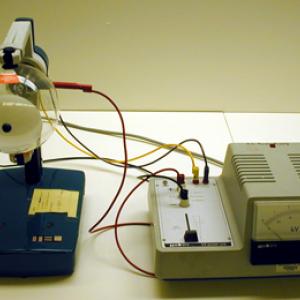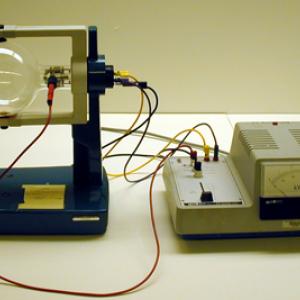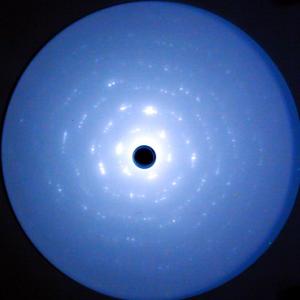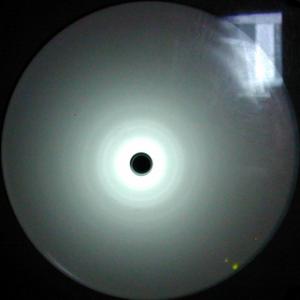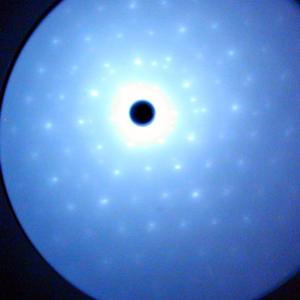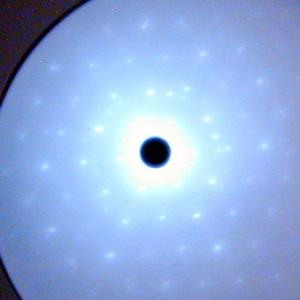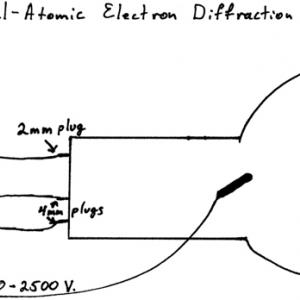College of Liberal Arts & Sciences
7A60.10 - Crystal Structure using Electron Diffraction
Set the unit up as shown and according to the circuit diagram. Turn on the power supply and allow a short time for the filament to warm up. Push up the slide switch and observe the diffraction rings form. Aim the camera at the screen on the end of the tube. See the information in the files about tube parameters and target makeup. (Carbonized Graphite on Ni.)
- C. J. Calbick, " The Discovery of Electron Diffraction by Davisson and Germer", TPT, Vol. 1, # 2, May 1963, p. 63.
- Johanna L. Miller, "Electron diffraction sees hydrogen atoms", Physics Today, March 2017, p. 16-17.
- John M. Fowler, William Warren, "Lecture Demonstration of Electron Diffraction", AJP, Vol. 30, # 12, Dec. 1962, p. 891.
- W. Bolton, "Electron Diffraction", Book 2 - Waves and Particles, Physics Experiments and Projects, 1968, p. 53.
Disclaimer: These demonstrations are provided only for illustrative use by persons affiliated with The University of Iowa and only under the direction of a trained instructor or physicist. The University of Iowa is not responsible for demonstrations performed by those using their own equipment or who choose to use this reference material for their own purpose. The demonstrations included here are within the public domain and can be found in materials contained in libraries, bookstores, and through electronic sources. Performing all or any portion of any of these demonstrations, with or without revisions not depicted here entails inherent risks. These risks include, without limitation, bodily injury (and possibly death), including risks to health that may be temporary or permanent and that may exacerbate a pre-existing medical condition; and property loss or damage. Anyone performing any part of these demonstrations, even with revisions, knowingly and voluntarily assumes all risks associated with them.
